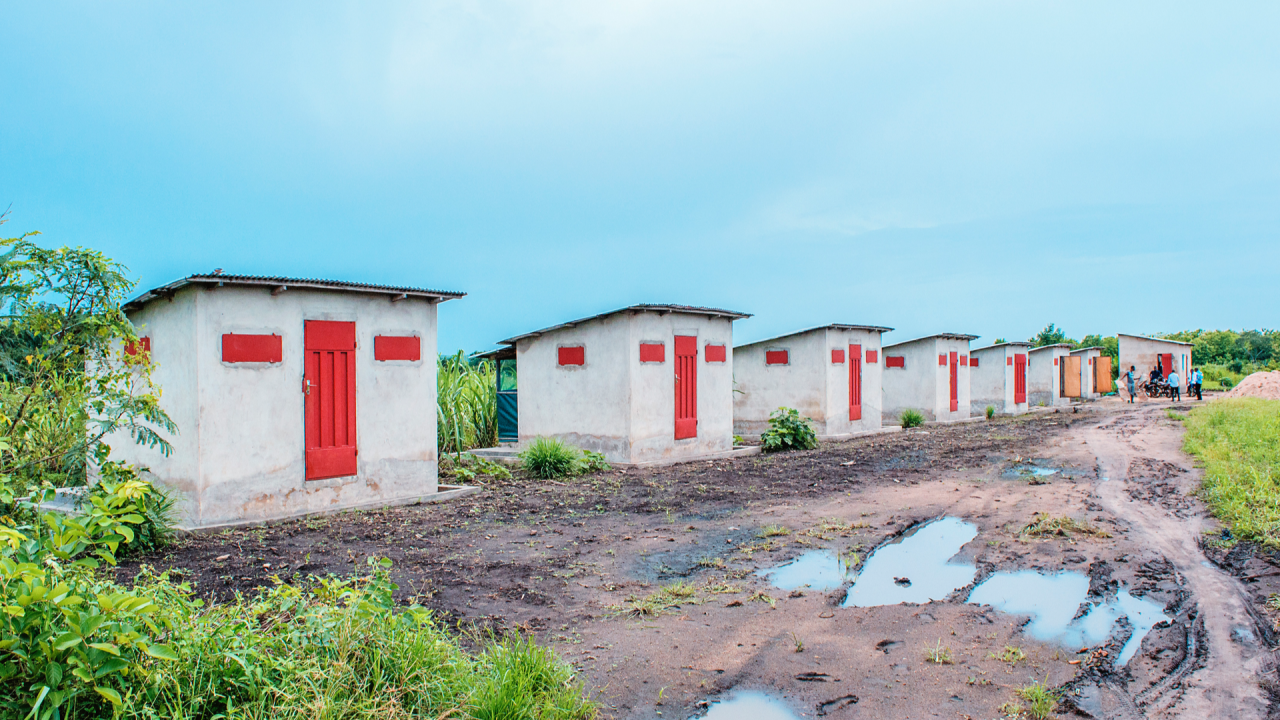
The complexities of hitting a moving target
Vestergaard
A global health company dedicated to serving people in vulnerable situations ? UNGC member and Certified B Corp
By Rinki Deb
Managing insecticide resistance is one of the biggest challenges in the world of malaria. So I was eager to read the latest paper from my fellow “LSHTM MSc Med Para” colleague Louisa Messenger and team on the excellent research done in Benin. They evaluated the effect of insecticide-treated mosquito nets (ITNs) in a high malaria transmission setting with operationally relevant levels of resistance in Anopheles gambiae s.l. BASF’s Interceptor G2 (IG2) was included in the study, as one of the next-generation ITNs that adds chlorfenapyr to a pyrethroid – a new class of dual active-ingredient ITNs that received a “strong recommendation” from WHO last year for deployment in areas where mosquitoes have become resistant to pyrethroids. Disclosure: my company Vestergaard also makes a pyrethroid-chlorfenapyr dual net, PermaNet Dual, which was not included in this study.
The results of the study are fascinating, but not straightforward. On one hand, it is concerning that chlorfenapyr was found not to protect the efficacy of alphacypermethrin (the pyrethroid used in the IG2 net) beyond 2 years – and this certainly requires further consideration. However, the efficacy of chlorfenapyr was maintained at the 3-year study endpoint, and this is likely why we have seen such strong data from the New Nets Project – which found that pyrethoid-chlorfenapyr ITNs improved malaria control by over 50% in some settings, compared with standard (pyrethroid only) nets.
Beyond this headline finding, the paper also provided important additional insights about this new class of pyrethroid-chlorfenapyr ITNs:
So – overall good news, but also an important reminder that we cannot be complacent with the products we have today. I know many of my colleagues will agree, active insecticide resistance management is essential to ensure longevity.
At Vestergaard, we will take forward insights from this important study as we plan community trials to further characterize product performance of PermaNet Dual in real-life settings. In particular, we will be undertaking assessment of aged nets in experimental hut trials, to determine efficacy at key time points in the lifecycle of the net. We will also be exploring the link between social behavioural aspects and net survival.
I remain optimistic that dual active-ingredient nets will have a positive impact on malaria elimination. But it is clear that hitting the moving target of insecticide resistance will require sustained focus on innovation and considered deployment strategies.?
Engineer, Researcher, Inventor.
1 天前Have mosquito control airplane will travel